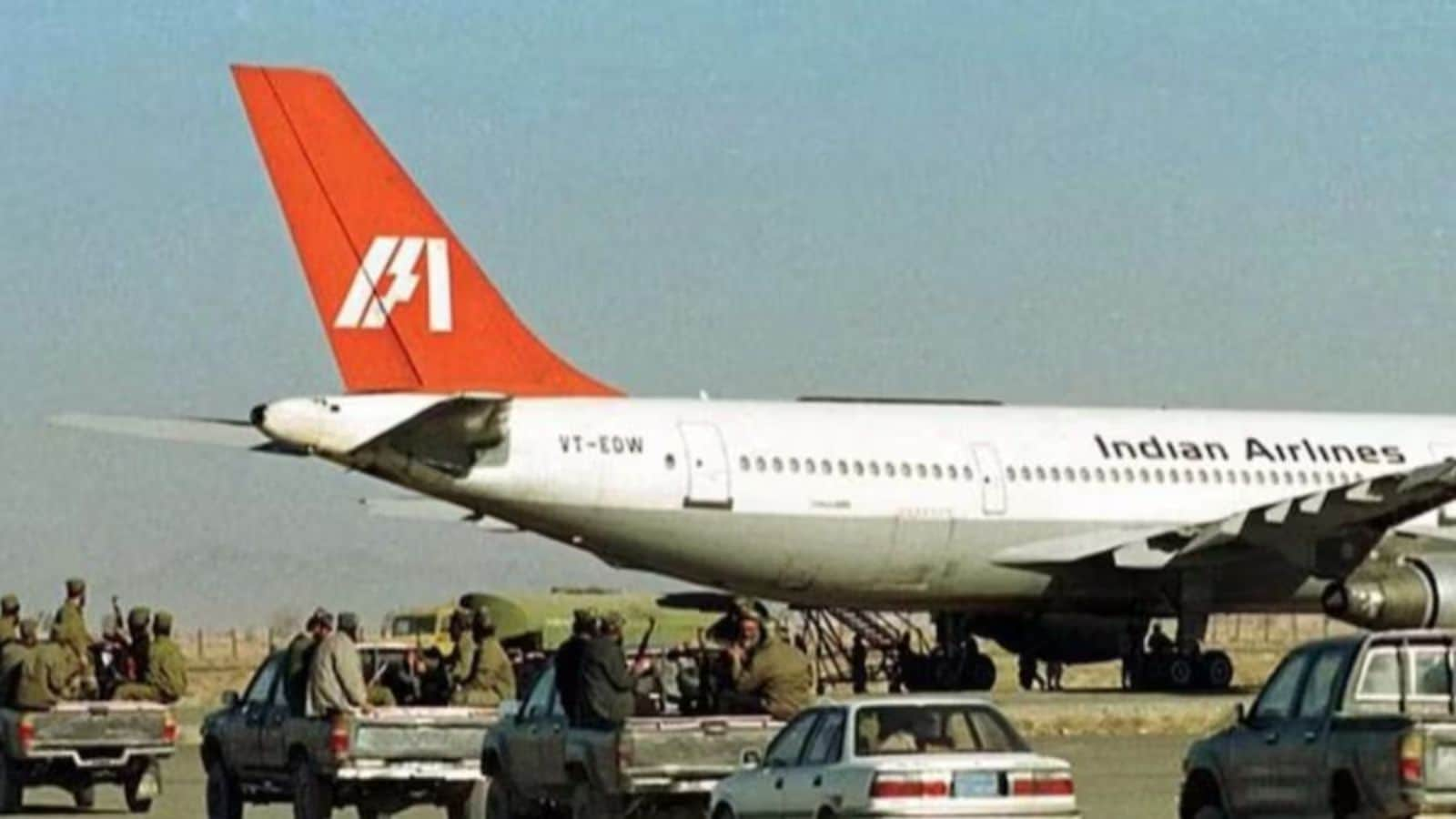The Impact of Nuclear Weapons on Global Warfare Strategies

The introduction of nuclear weapons into the geopolitical landscape marked a profound transformation in the nature of warfare, as humanity grappled with the terrifying possibility of total annihilation. This unsettling reality compelled military and civilian strategists to explore methods of engaging in conflict without triggering a nuclear catastrophe. Consequently, nations began to moderate their ambitions, often settling for outcomes that fell short of outright victory. This shift in strategic thinking is a significant, albeit not the sole, reason why achieving decisive military victories has become increasingly challenging since the end of World War II.
In the wake of World War II, the first two major conflicts encountered by the United Statesthe Korean War and the Vietnam Warwere deeply influenced by the specter of nuclear warfare. During the Korean War, when the Chinese army entered the fray, General Douglas MacArthur advocated for a bold strategy that included invading China and potentially deploying nuclear weapons to secure a decisive outcome. However, President Harry S. Truman was hesitant, concerned that such actions could provoke a severe nuclear response from Chinas ally, the Soviet Union, and entangle U.S. forces in a protracted conflict on the Asian mainland. This hesitation resulted in a military stalemate on the Korean Peninsula, culminating in a peace agreement that left both sides without a clear victory.
The complexities of nuclear deterrence continued to play a crucial role during the Vietnam War. Senior military leaders urged President Lyndon Johnson to escalate the conflict by invading North Vietnam and employing overwhelming aerial bombardments to bring an end to the war. Johnson, however, resisted these recommendations, fearing that such escalatory moves could lead to a catastrophic third world war involving China, which by then had developed its own nuclear arsenal. This cautious approach ultimately contributed to the United States dwindling resolve to support its South Vietnamese allies, leading to a loss of momentum in the conflict.
Fast forward to the War in Afghanistan from 2001 to 2021, the dynamics of nuclear deterrence played another pivotal role. The presence of Pakistans nuclear arsenal deterred the United States from taking extensive military action against the Taliban by crossing into Pakistan to eliminate their hold on territory. This sanctuary offered by Pakistan allowed the Taliban to sustain their fight in Afghanistan, regardless of the casualties incurred. Once again, the United States grew weary of the drawn-out conflict and ultimately decided to withdraw, abandoning its local partners in the process.
The invasion of Ukraine by Russia in 2022 presented another instance where the shadow of nuclear weapons loomed large. Following Ukraines relinquishment of its nuclear arsenal in 1994, based on fragile security guarantees from foreign powers, Russia appeared poised to achieve a decisive victory. Yet, Ukrainian conventional forces mounted a formidable defense, successfully thwarting Russia's initial attempts to capture Kyiv. As the conflict devolved into a stalemate, a mutual fear of global nuclear escalation has prevented both Russia and Ukraines allies from considering the deployment of nuclear weapons to secure total victory.
In the realm of insurgencies and civil wars, poor leadership has frequently undermined the chances of success for great powers aiming to maintain favorable governments. Often, these powers support ineffectual leaders due to respect for national sovereignty or a lack of viable alternatives. Unfortunately, these leaders frequently lack the capability to eradicate enemy combatants from their territories, as seen in numerous conflicts worldwide. Historical examples abound, including the U.S. experiences in Cambodia, El Salvador, Somalia, Iraq, Afghanistan, and Yemen, as well as the Soviet Union's challenges in Afghanistan and Ethiopia. Other notable instances include the involvement of great powers in conflicts in Greece, Angola, Indochina, and Yemen.
An increasing aversion to the heavy and enduring toll of casualties has also tempered the willingness of many nations to engage in protracted attritional warfare, which historically led to decisive results. This growing reluctance has contributed significantly to the United States' decision to conclude many recent military engagements without achieving clear victories, as evidenced in the Korean War, the Vietnam War, the Somali intervention, the Iraq War, and the Afghanistan War. Similarly, European nations have often opted to withdraw from post-1945 conflicts that resulted in excessive casualties, including the First Indochina War, the Algerian War, and the Troubles in Northern Ireland.
Media coverage of conflict has heightened public awareness and sensitivity towards war-related casualties. This increased visibility has further fueled public aversion to loss of life. Moreover, the decline in family size has contributed to this changing perspective; in earlier generations, families with multiple sons were more willing to accept the risks associated with military service than todays families, where typically only one son may exist. Additionally, the rise of democratic governance has made nations more responsive to the sentiments of their citizens, particularly those whose children are serving in the military. Furthermore, the waning of religious conviction in parts of the Western world has intensified this reluctance to risk lives in warfare, stemming from a diminished belief in a higher calling beyond the immediate earthly existence.




























